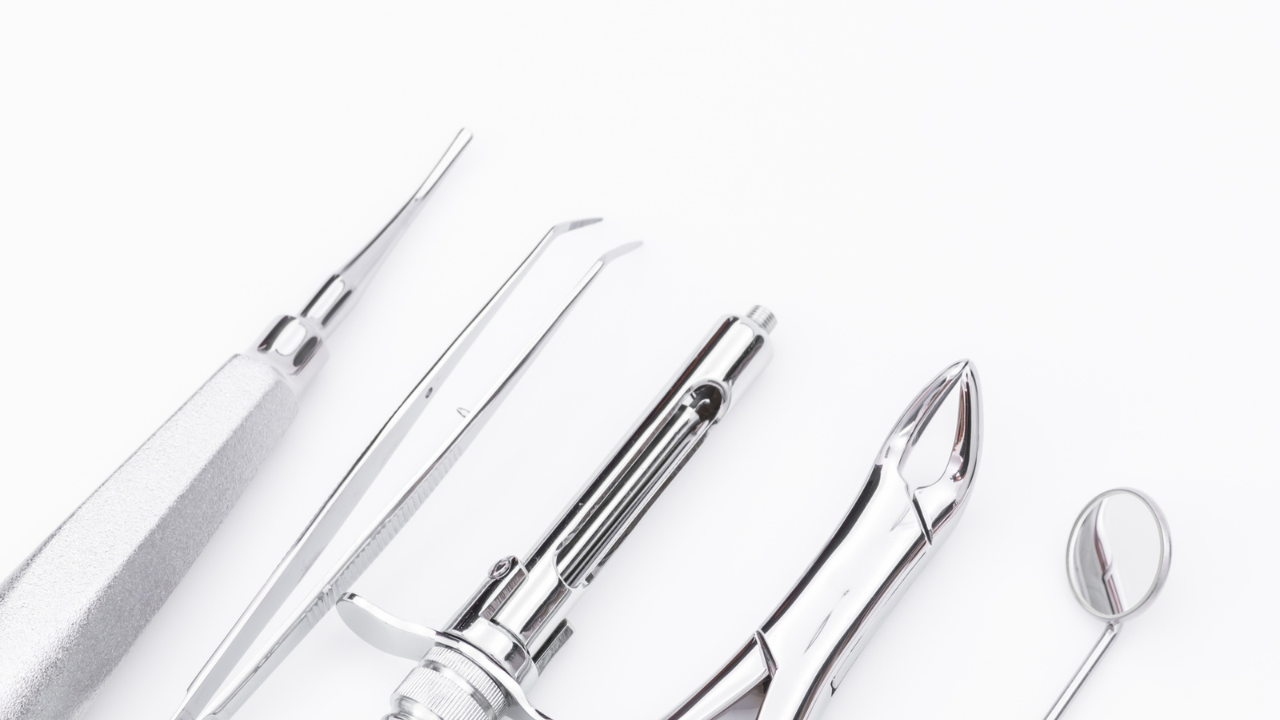
Whether you are doing restorative dentistry, the details count. All steps during the dental work process, including planning, preparation, and touch-ups, influence the durability, aesthetics, and comfort of a restoration.
The final stages of finishing and polishing are among the most important yet often neglected stages. The instruments of such a process not only precondition its aesthetic result but also condition the health of adjacent tissues and the patient’s satisfaction.
Among the many available instruments, dental polishers are essential for achieving smooth, plaque-resistant, and natural-looking restorations.
Understanding The Role Of Dental Polishers
Dental polishers are finishing tools designed to smooth and refine the surface of dental restorations such as composites, amalgams, ceramics, and even natural tooth structures.
The idea is to remove the surface blemishes, smooth the surface, and increase the luster without damaging the material.
By selecting the proper dental polishers, clinicians can reduce plaque accumulation, minimize patient discomfort, and ensure that restorations last longer and look better.
Polishing simply does not have a universal method. Various processes and materials need different sorts of polishers, and that is why it is important to know the variety of polishers and use the best tools in practice.
Types Of Dental Polishers And Their Applications
Polishers are provided in the market in different varieties, and each of them is specialized. The following are the primary ones:
1. Rubber Polishers
These have various applications in terms of finishing, e.g., composites and ceramics. The abrasive particles are impregnated, and they exist either in coarse grits used to shape it, and it exists in fine grit to final polish.
2. Diamond Polishers
Diamond polishers are ideal to be used when it comes to restoring work of ceramics, as they are extremely precise and can even make porcelain and zirconia look like glass.
3. Silicone Polishers
Silicone polishers have a light feel and are most suitable for obtaining a high gloss on light-based materials, and are mostly used in aesthetic dentistry.
4. Composite Polishers
They are highly modified to fit the hardness of the composite materials, giving them controlled abrasion and excellent finishing without interfering with the adjacent enamel.
Pro- To Decide Which Dental Finishing Tool To Use
Choosing the right dental polishers for your practice depends on several key factors:
1. Restoration Material Type
Always use the right polisher for the material. One example is that ceramics should be polished with diamond polishers, whereas resin-based materials should not be polished with diamond polishers because it causes excessive wear or poor polishing.
2. Aggression And Liquidness
Begin with a relatively rough grit to contour, follow through with finer grits, starting with a smooth, easy finish. The finish quality may be controlled more by using multi-step systems.
3. Form And Fluidity
Polishers vary in shape, such as cups, points, and discs, to reach into different areas on the tooth or restoration. Select the shape depending on the location of the surgery.
4. Heat Generation And Wear Resistance
Good quality polishers release very little heat and so pose less chance of damaging the restoration or the pulp. They are also likely to be stronger and more efficient with fewer replacements.
Benefits Of Using High-Quality Polishers
Improved Esthetics: Smooth surfaces have a better reflection of the light, hence resembling natural teeth.
- Better Oral Health: Polished surfaces do not allow the accumulation of plaque, which minimizes the chances of gingivitis and secondary caries.
- Greater Comfort: The patients enjoy having restoration that is comfortable in the mouth.
- Less Chair Time: Effective polishers accelerate the processes and enhance the workflow.
Factors To Consider: When Choosing The Right Oral Care Tools
When you are choosing the right oral care tools, there are a few factors to consider. So here is a list of the factors that you might wanna consider.
1. Specific Oral Health Needs
For your specific oral health concerns, such as braces, gum disease, and dental implants. Then you need to choose the right oral care tools that will help address the problems of dental care.
2. Professional Recommendations
It is important to take recommendations and advice from a dentist or a professional oral care specialist about how you need to take care of your oral health and other dental conditions based on your specific needs.
3. ADA Approval
You should always check for oral dental care tools that have received a seal of approval from the American Dental Association (ADA).
This actually indicates the product has undergone rigorous testing and meets the ADA’s official standards of effectiveness and safety.
Choosing the right oral care tools that have ADA approval has an added level of assurance in quality and performance.
4. Comfort And Ease Of Use
While selecting the tools that you feel comfortable holding in your hand, that are easy to maneuver, and that feel comfortable in your mouth as well. You should consider a designer handler, a proper grip, and an overall ergonomic feel to it.
5. Personal Preference
It is always important to take your personal preferences into account when you are choosing the right oral care tools.
Such as the type of tool, style, flavor, and brand. Having a proper oral care tool that you like and feel comfortable using regularly and effectively at the same time.
6. Effectiveness
It is important to evaluate the effectiveness of the oral dental care tools to determine whether they are able to achieve the intended purpose.
To test out the ability of the tools, try removing plaque, cleaning in between the teeth, and or addressing the specific oral health concerns.
Choosing The Right Oral Care Tools
Choosing the correct finishing tools in dentistry involves more than selecting dental finishing tools that are aesthetically pleasing; it also involves good clinical practice and patient satisfaction.
High-quality dental polishers allow practitioners to deliver restorations that not only look beautiful but also function optimally over time.
By getting to know about what kind of polishers are on offer, against what restorative materials and procedures the polishers may be used.
You will be able to achieve a better result in your proposals and distinguish your dental practice both by the outcomes and the image.
Read Also:












